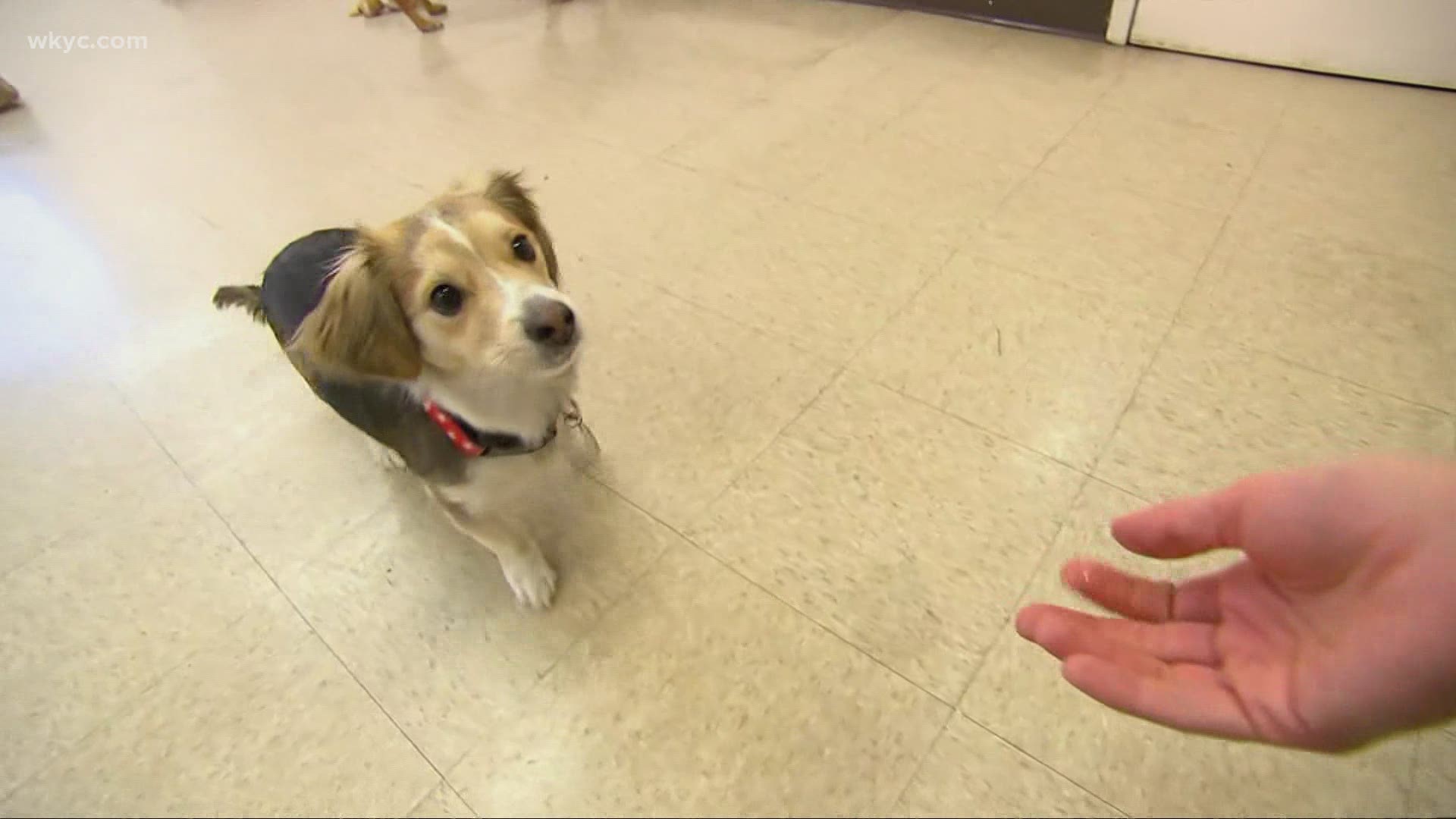CLEVELAND — Were you one of the thousands of people who got a pandemic pet?
If you did, you may now be noticing a shortage of veterinarians in the area. But experts say it's actually a nationwide issue.
"With COVID it's gotten so much worse, we never shut down we've been running curbside it's been extremely stressful and of course the public's stress, there was a lot of patience and understanding early in covid, but it's done," says Dr. Kari Swedenborg, DVM, one of the partners at West Park Animal Hospital. Last year, three veterinarians left-- two due to burnout-- Swedenborg says.
"One vet who left is considering leaving the profession with probably two hundred thousand dollars in school debt. It's just super sad," Dr. Swedenborg said.
A common scenario across the nation, it would seem. An estimated shortage of nearly seven thousand veterinarians in the U.S. is causing issues for pet-owners and veterinarian clinics across the country. The 32 Veterinary medical schools produce about 3,200 graduates each year-- not nearly enough to cover the number of doctors who retire and the increase in demand from pandemic pets.
"There's not enough people, not enough shifts and it's really about burning people out, which is the last thing we want to do because then we'll have fewer people in the profession," says Rustin M. Moore, DVM, Ph.D., DACVS, dean, The Ohio State University College of Veterinary Medicine.
Both say a lot of clinics had to turn away new clients, but despite working longer shifts, they're still drowning in business.
"We'll have a five-hour wait by noon, our vets, our staff are just exhausted," Dr. Swedenborg said.
It's not a new issue in the profession, but rather, one gaining more attention since the pandemic. The problem has become so prevalent that vet schools are now addressing it as well.
"We do have a comprehensive and integrated health and wellbeing program for our faculty, staff and students, we have two full-time counselors that are on-site as well as psychiatric services, " Dr. Moore said.
Moore added that OSU and many clinics are beginning to add grief counselors to the staff to help families cope with losing an animal instead of depending on the Vet to provide both euthanasia and counseling.
Another concern is the rate of suicide among veterinarians.
"Compassion fatigue has always been a problem in our profession. Our suicide rate has skyrocketed to the top profession [for suicide], and they say we average three times normal American [population] on that rate. And I've personally known four in the last ten years," Dr. Swedenborg said.
Dr. Swedenborg hopes clients will understand the stresses that the veterinarians are under and have some patience. Meanwhile, pet parents should plan for longer wait times and get routine care appointments scheduled further in advance.

